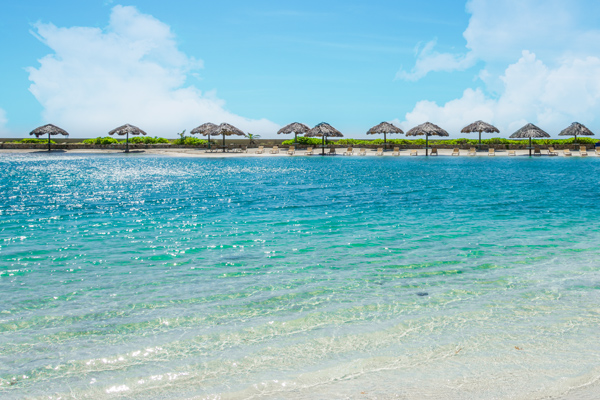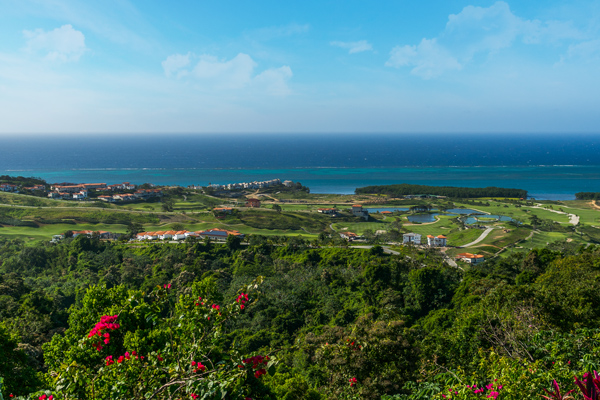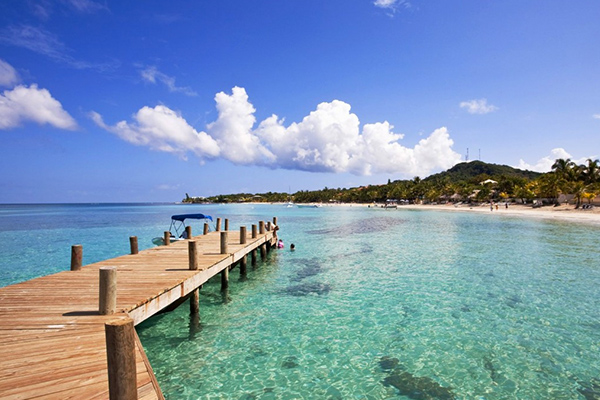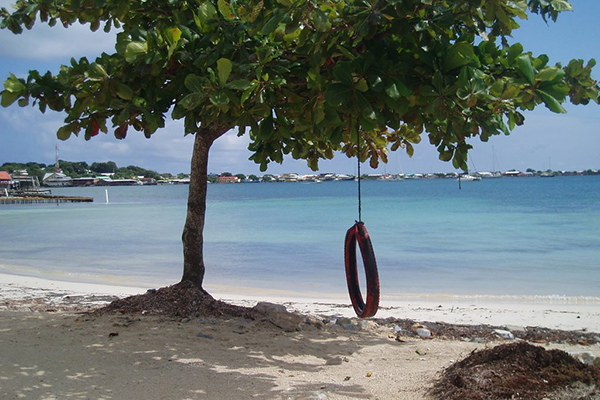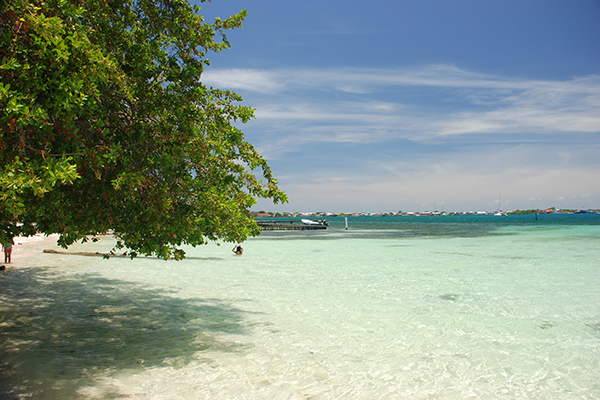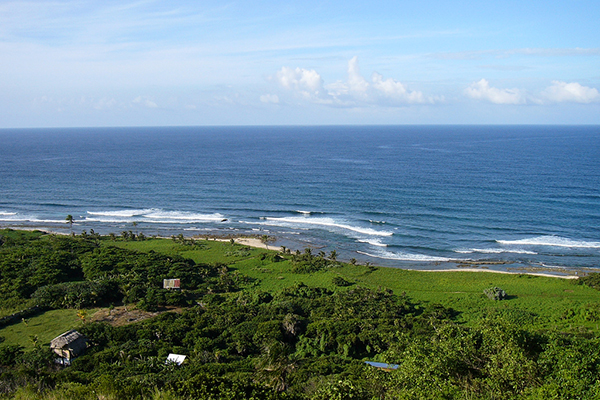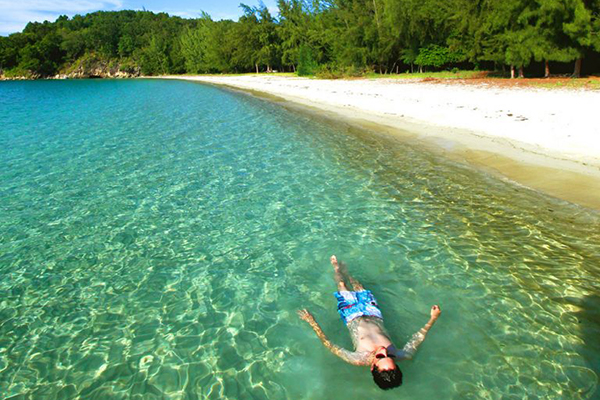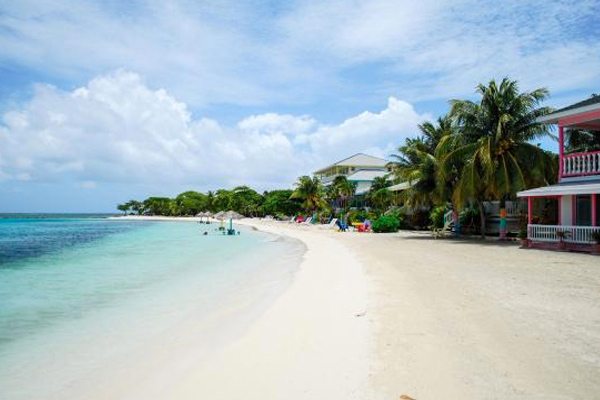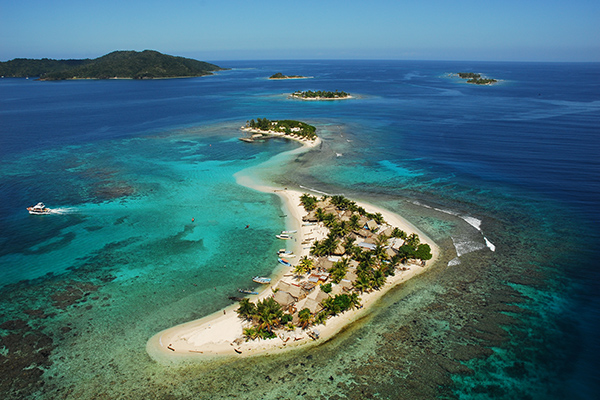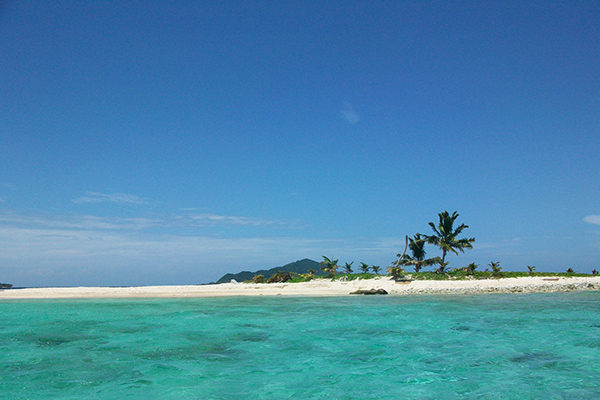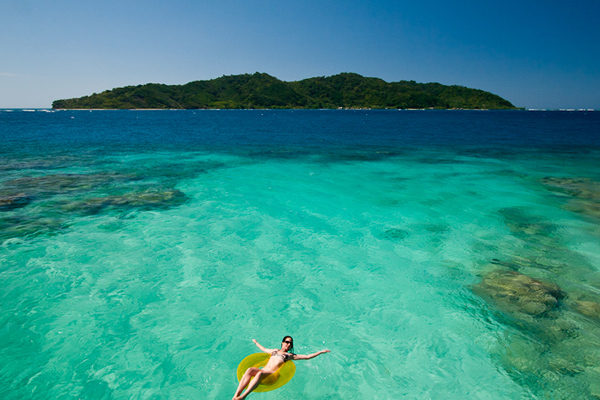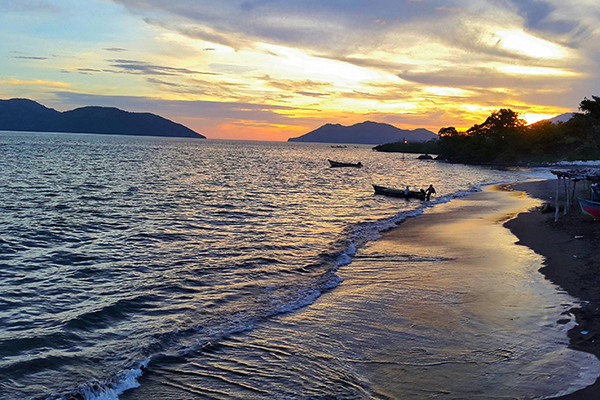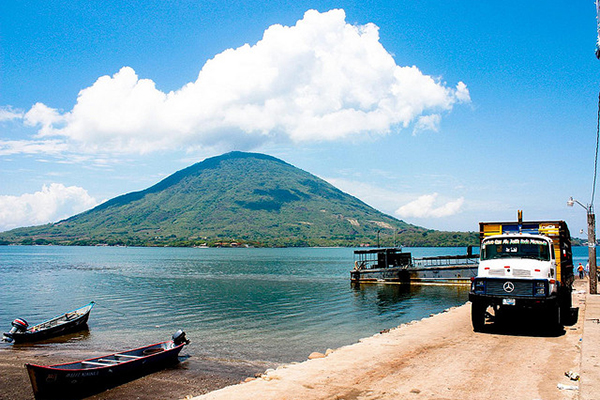Islands
Roatán, Bay Islands
Roatán, Bay Islands, they say the Caribbean kept a secret for many years. Colors in a rich and biodiverse reef, a landscape with turquoise blue horizon and mountains covered with tropical forest would be the signs on the map that lead to this natural Honduran treasure. Its islets and keys are the Caribbean's way of explaining paradise. The definite sign that you have arrived is that you walk by its waters seeing your footprints in the bottom of fine sand, almost ivory colored. Now, a million people a year find that map and follow it in direct planes, cruises and ferries, to find a treasure that does not fit in a coffer.
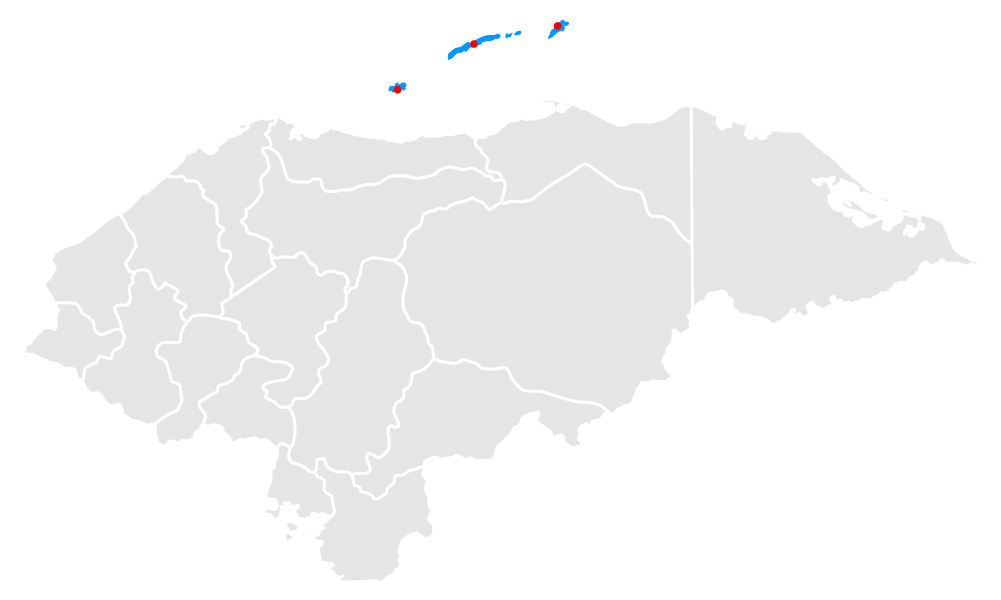
Location
Tours deals
Utila, Bay Islands
Utila, Bay Islands, a natural paradise, a magnet for divers and an underwater scene for the largest coral reef in America; a reserve with mangroves, wetlands and tropical savannas; an international school; a whale shark meeting point; a research station and the home of the swamper, an iguana endemic to the island. It is one of the safest and cheapest places in the world to get PADI diving licenses of all levels. That's why thousands of people come from everywhere to train in the luxury yard of their diving schools: the Mesoamerican Reef.

Location
Guanaja, Bay Islands
Guanaja, Bay Islands, tranquility, marine and submarine beauty, adventure and pirate ships are five of the ingredients of this "Island of the Pines" that will linger in your palate like the ceviche, lobster or coconut “tapado” (soup) that you can enjoy while the Caribbean waves a few meters away. Its coast, a hideout for Spanish and English pirates and sown with shipwrecks, offers great adventures. The way in which Guanaja integrates into the 700 km coral reef of the Mesoamerican Reef, enlivens a different spot for expert divers or beginners, at short or great depths. Here you can dive or snorkel immersed in colors and surrounded by hundreds of fishes and perhaps dolphins.

Location
Cayos Cochinos, Bay Islands
Cayos Cochinos, Bay Islands, is an archipelago, formed by two small islands and smaller coral cays, wrapped by the Caribbean Sea. It’s one of those places capable of defining the word “paradise”. Its natural wealth offers beaches and underwater life, for pleasurable experiences with 360º turquoise blue ocean on the horizon. The Cayos Cochinos are located 12 km to the northwest of La Ceiba. Its coral reefs, part of the second largest reef in the world, are ideal for snorkeling amongst species of the most vivid colors. Its crystalline and warm waters, surrounded by the Caribbean and with white sand floor, are a vital invitation, closer than you can imagine.

Location
Amapala, Valle
Amapala, Valle, if you take a panga at the Coyolito jetty, you will arrive in 15 minutes to the only Central American island that has been a capital (for the assumption of Marco Aurelio Soto in 1876), pirate Drake’s fortress in the sixteenth century and the main Honduran port of the Pacific until the early nineteenth century. Amapala welcomes you with a reconstructed pier and part of the historic center restored by Andalusian cooperators. You can take a full tour around it following a street that also takes you to its communities and beaches, or reach the top of the hill in about 3 hours. At the end of the day, the sunsets in the gulf regale the senses and marvel with the same intensity of their reds and oranges, relieving the blues worn by the day, as they sink into the sea so the night emerges. No matter how many times you've seen it, the sunset from Amapala and in it, from Playa Grande, is one of those memories that you want to refresh live.
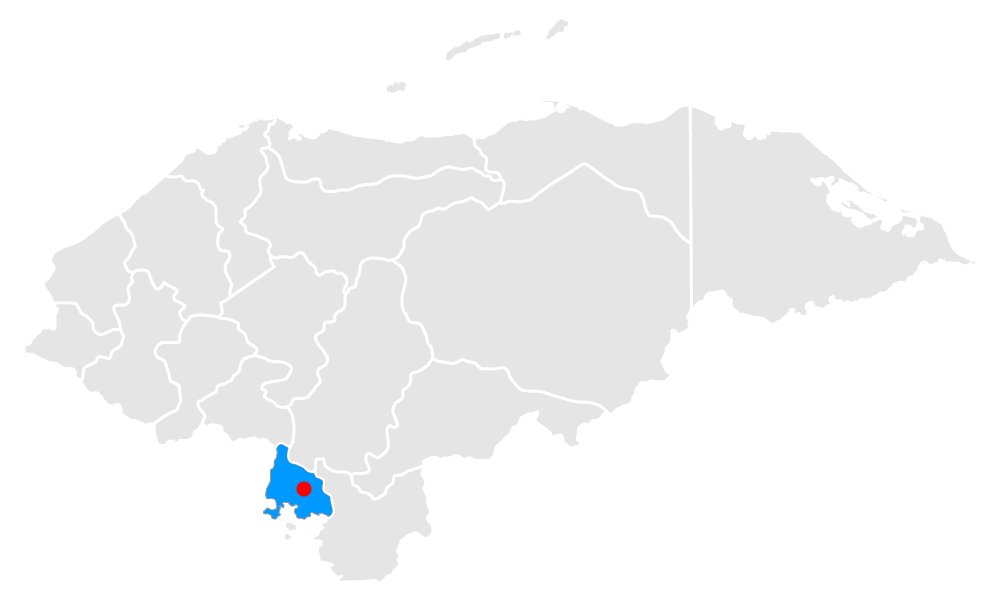
Location
Birds’ Island, Valle
Birds’ Island, Valle, a famous islet that is home to thousands of birds, especially visited by lovers of bird watching. It has diverse species of mangrove birds, such as: great egrets, storks, woodpeckers and even roseate spoonbills. The best time to enjoy watching these birds is at sunset when clouds of birds return to this little piece of land to sleep. A unique experience that cannot be missed.

